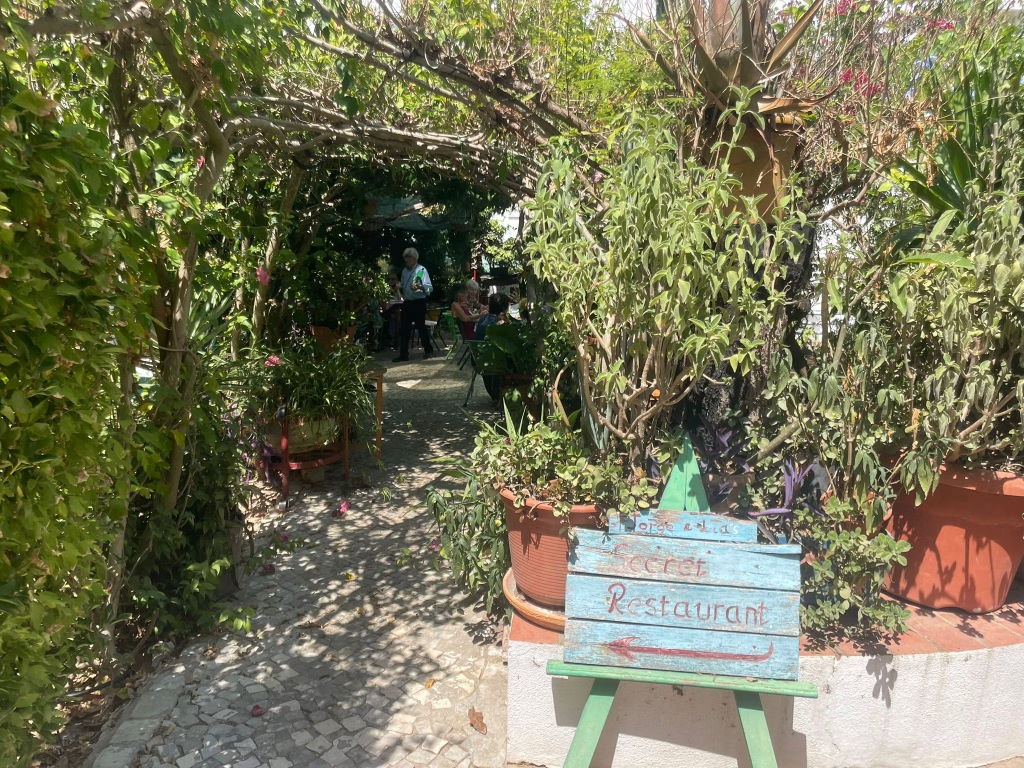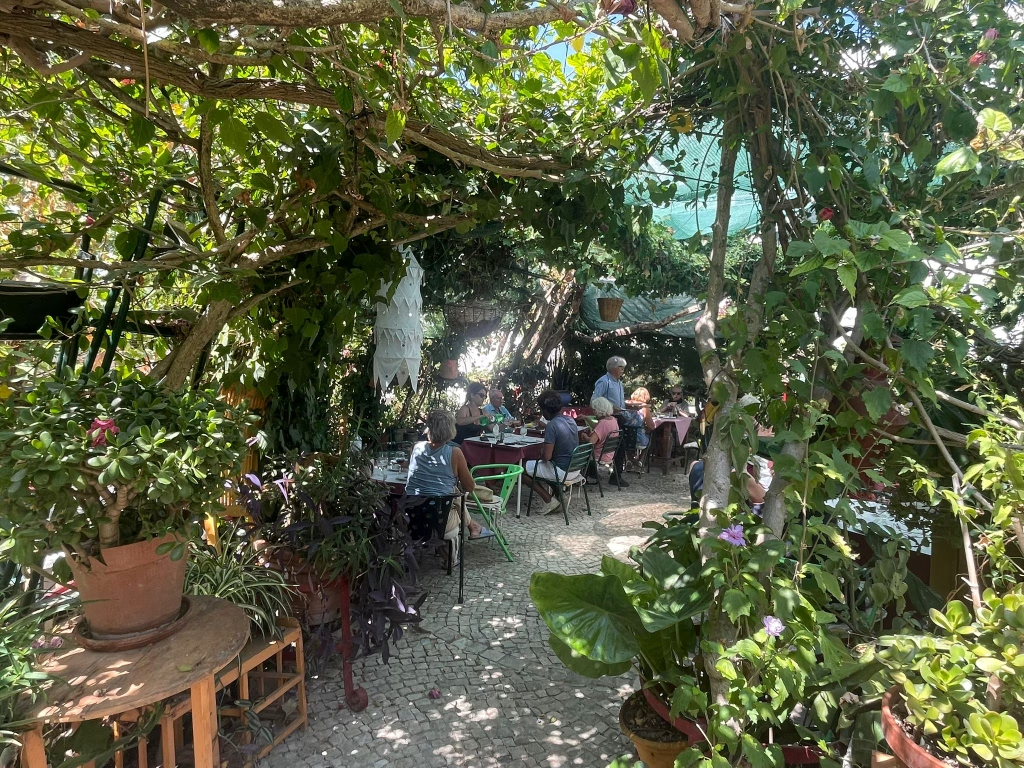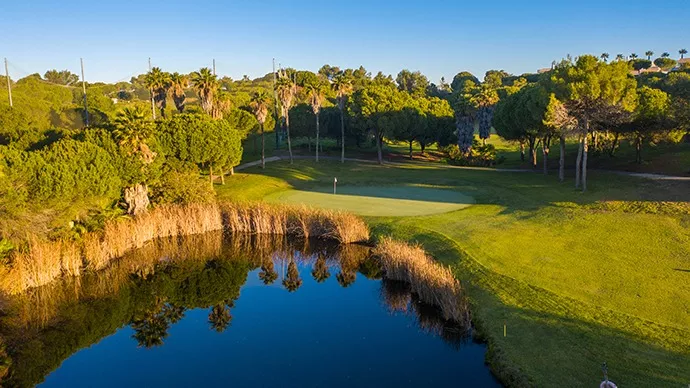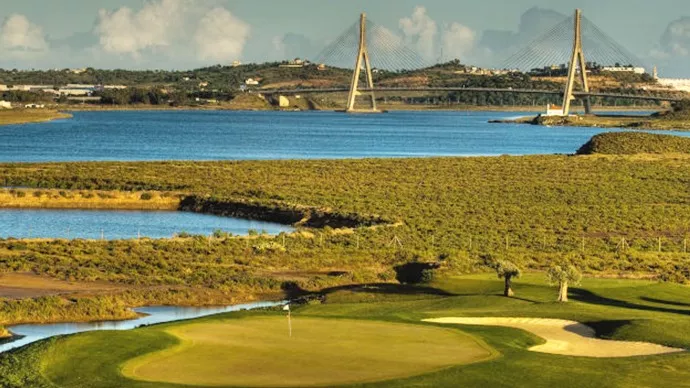Some places in Tavira don’t announce themselves. They don’t need to. They sit quietly, waiting for you to wander by—curious enough to enter. Jorge & Lia is one of those places.
If you come in from Rua Manuel Virgino Pires , you’ll pass the old stone water well. Blink, and you might miss it. But step a little further and—surprise—you slip straight into Tavira’s very own Secret Garden Restaurant . Shaded by trees, surrounded by greenery, it feels almost like stumbling into a hidden courtyard in another time. A reviewer once called it “a secret well kept in Tavira”, and I couldn’t agree more.
🌿 Why It Feels Special
From the outside, it might look like just another simple restaurant. Entering from Rua do Alto do Cano 19 , you step first into the churrasqueira-style dining room. Nothing unusual there—plain, straightforward. But the real surprise is waiting out back. Step through and suddenly you’re in the garden, where a handful of tables sit beneath the trees. The atmosphere shifts completely: calm, unhurried, almost secret.
You might catch loungy music floating in from the square—never too loud, just a soft backdrop that blends perfectly with the clinking of glasses and the rustle of leaves. It’s the kind of place where lunch doesn’t feel rushed. You sit, you sip, you chat, you breathe. And before you know it, you’ve stayed much longer than you planned.
🍴 What to Order
The menu changes, but a few things stand out:
- The lamb —locals rave about it, perfectly cooked, full of flavour.
- Fresh fish , straight from the market, often grilled with just the right touch.
- The dishes with the Mushroom Sauce , “com molha de cogumelas“
- Seasonal dishes that reflect what’s available locally.
Lia’s cooking has that combination of simplicity and care that makes every dish feel homely but never heavy. It’s honest food, made with heart.
👋 The Hosts
And then, of course, there’s Jorge. Always around, always present—but never hovering. Someone once wrote “attentive but not intrusive”, and it couldn’t be more true. He welcomes you, checks in just enough, and then steps back so you can enjoy the moment.
Together, Jorge and Lia have created something that feels both personal and relaxed. A place that doesn’t shout for attention, but quietly earns it.
🍷 Why I Love It
For me, it’s the location. The restaurant garden is tucked into one of the most popular neighbourhoods for expats and visitors to Tavira, just separated to the historic center by the railway. And almost around the corner from Taste Tavira AL , but somehow it feels miles away. You walk passed the inner garden of the condominium, you cross the street, and suddenly you’re tucked into this peaceful garden with a glass of vinho branco in hand. It’s like slipping into your own little world—without ever leaving the centre of town.
That balance—close yet hidden, casual yet special—is what makes Jorge & Lia one of Tavira’s best-kept secrets.
✨ Final Word
So if you’re strolling through Tavira, looking for a place to slow down, eat well, and feel just a little spoiled—try Jorge & Lia . Go for lunch, stay for coffee, maybe even linger over dessert. Just don’t tell too many people. Some secrets are best discovered slowly.








